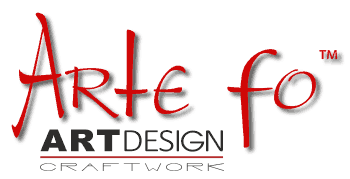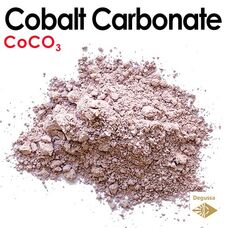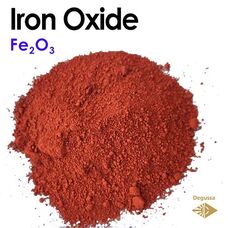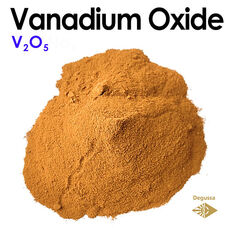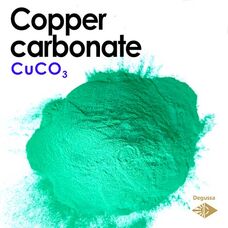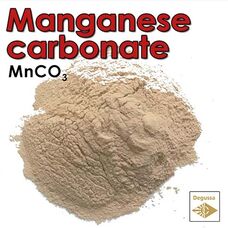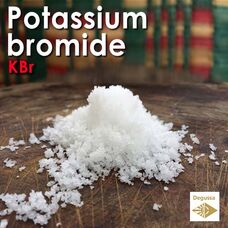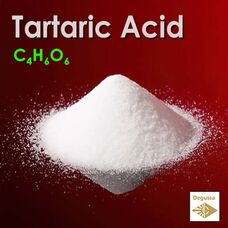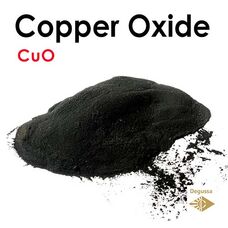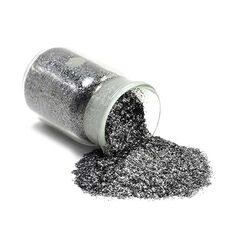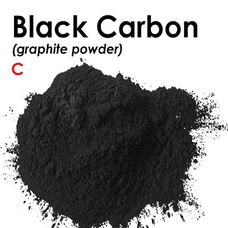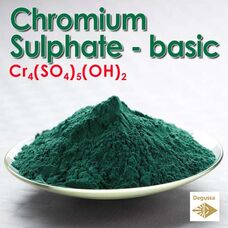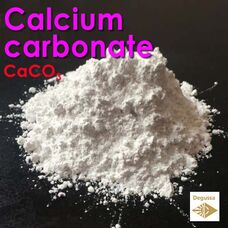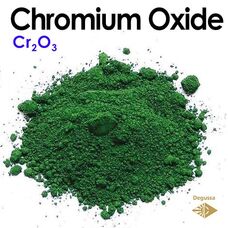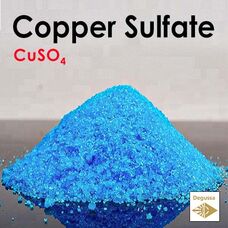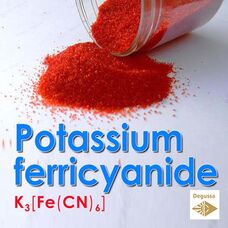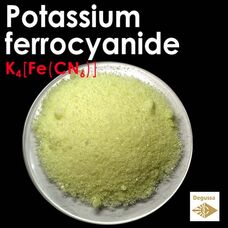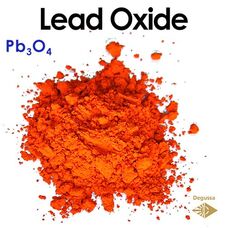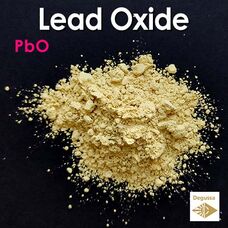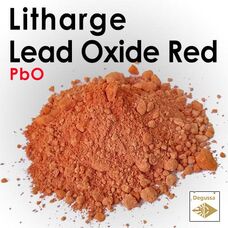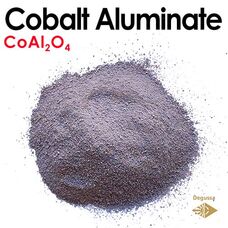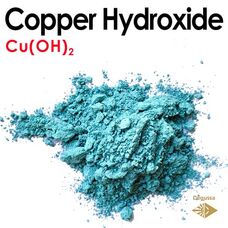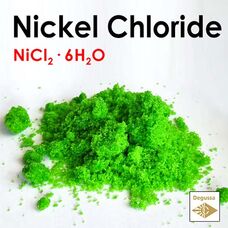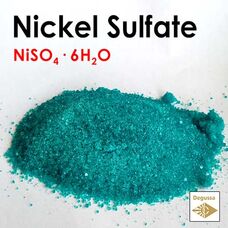Metal oxides are used in ceramics to produce color and effect
Cobalt(II)-carbonat - Cobaltous carbonate blue salt substitute Cobalt Oxide
CoCO3 Cobalt(II) carbonate is the inorganic compound with the formula CoCO3. This reddish paramagnetic solid is an ..
2.99€
IRON OXIDE - Iron (III) Oxide Ferric Minium Ceramic Pigments and Stains
Fe2O3 Iron oxide (Fe2O3) is also used as a pigment, under the name "Pigment Red 101". It is approved by the U..
0.59€
Vanadium Pentoxide - Vanadium(V) oxide Vanadia Divanadium pentaoxid in pottery
V2O5 Vanadium(V) oxide (vanadia) is the inorganic compound with the formula V2O5. Commonly known as vanadium pentox..
0.99€
CUPRIC CARBONATE - Copper(II) Carbonate - Electric Neon Green - Cooper Karbonne
CuCO3 Copper Carbonate, also Copper Oxide Green is a water-insoluble Copper source that can easily be convert..
1.19€
Manganese(II) carbonate
MnCO3 Manganese carbonate is a chemical compound with the formula MnCO3. It is a pink-colored solid that occurs nat..
0.99€
Potassium bromide
KBr Potassium bromide (KBr) is a salt, widely used as an anticonvulsant and a sedative in the late 19th and early 2..
0.99€
Tartaric Acid
C4H6O6Tartaric acid is a white, crystalline organic acid that occurs naturally in many fruits, most notably in grapes, b..
0.59€
COPPER OXIDE - ACS grade (Analytical Grade, P.A., 99,999%)
CuO Copper Oxide is used in the production of enamels, coatings, and glazes, too. Black copper oxide (Cu..
1.19€
GRAPHITE - Pure Carbon for Pottery Graphene Oxide (GO) Allotrope of carbon
C Graphene is an allotrope of carbon consisting of a single layer of atoms arranged in a hexagonal lattice nanostru..
1.99€
Graphite Powder: Enhancing Performance and Efficiency of Carbon black
C Graphite powder is a form of carbon that's finely ground to a powdered state. It consists of layered carbon atoms..
0.99€
Basic Chromium Sulphate - CHROMIUM (III) SULPHATE Basic Extra Pure
Cr2(SO4)5(OH)2 Basic Chromium Sulfate is mainly used in tanning of processing leather industry or synthesis of othe..
1.19€
Calcium carbonate - CaCO3
CaCO3 Calcium carbonate (CaCO3) is a chemical compound composed of calcium, carbon, and oxygen. It is one of the mo..
0.59€
Chromium(III) oxide Chromia Demystifying for Fantastic Glaze
Cr2O3 Chromium(III) oxide, also known as chromic oxide or green chromium oxide, is a chemical compound with the for..
1.19€
Copper Sulfate - Blue stone
CuSO4 The bright blue pentahydrate CuSO4·5H2O is the most commonly encountered form of copper(II) sulfate. As ..
0.59€
Potassium ferricyanide - Prussian Red, Potassium hexacyanoferrate(III)
K3[Fe(CN)6] Potassium ferricyanide is a chemical compound. This bright red salt is soluble in water and its solutio..
1.19€
Potassium ferrocyanide - Yellow Prussiate of Potash, Potassium hexacyanoferrate(II)
K4[Fe(CN)6] Potassium ferrocyanide (E536) is classified as a neutral salt and is becoming increasingly common in th..
0.99€
Silicon Carbide - Carborundum - mesh 220 & 1200
SiC Silicon carbide (SiC), also known as carborundum, is a hard chemical compound containing silicon and carbon. A ..
0.99€
Lead tetroxide - Lead (II,IV) Oxide Red (Lead red) - Ceramics and Pottery minium
Pb3O4 Lead (II IV) oxide commonly called Red Lead Oxide is an orange or red coloured powder. It is a water-insolubl..
0.59€ 0.99€
Lead Monoxide - Yellow Pigment for effect glazes
PbO Lead(II) oxide, also called lead monoxide, is the inorganic compound with the molecular formula PbO. PbO occurs..
0.99€
Litharge - Lead Oxide red p.a. - Analytical research grade
PbO Litharge (from Greek lithargyros, lithos (stone) + argyros (silver) λιθάργυρος) is one of the natural mineral f..
3.99€
Cobalt(II) aluminate - Cobalt aluminate blue spinel - substitute Cobalt Oxide
CoAl2O4 Cobalt(II) aluminate - Cobalt Blue cobalt(2+);oxido(oxo)alumane. Bright blue ceramic CoAl2O4 nanocrys..
0.99€
Copper Hydroxide - Cupric hydroxide patina for ceramics - cuoh
Cu(OH)2 Copper(II) hydroxide is the hydroxide of copper with the chemical formula of Cu(OH)2. It is a pale greenish..
0.99€
Nickel Chloride - Nickel(II) chloride
NiCl2 Nickel chloride, also known by its chemical formula NiCl2, is a chemical compound composed of nickel and chlo..
0.99€
Nickel Sulfate - Nickel(II) sulphate
NiSO4 Nickel sulfate, with the chemical formula NiSO4, is a chemical compound that contains nickel, sulfur, and oxy..
0.99€
